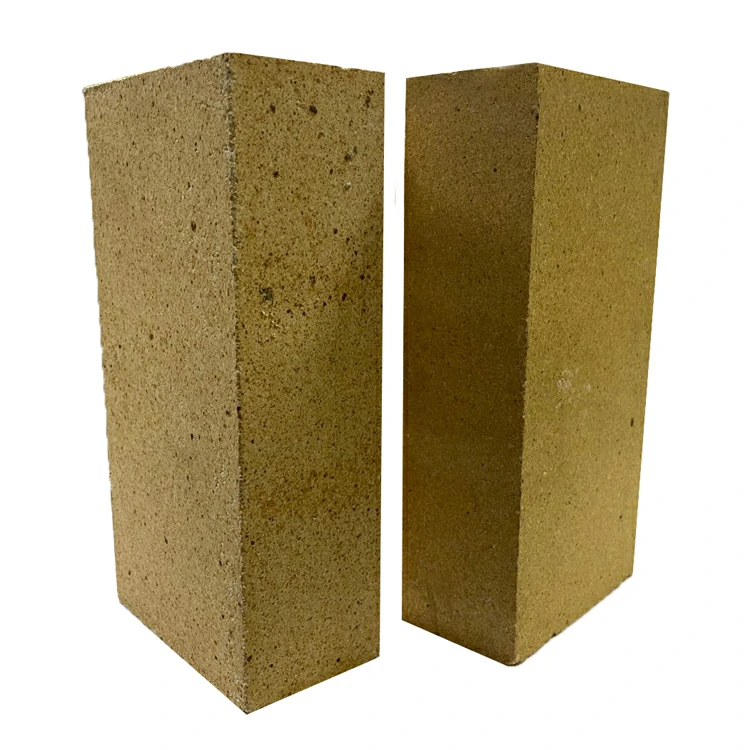Fire bricks are refractory bricks that are used in high-temperature applications, such as furnaces, kilns, and fireplaces. They are made from a variety of materials, including alumina, silica, and clay. In blog post, we will discuss three types of fire bricks: alumina-silicate fire brick, bulk fire brick. We will explore their properties, applications, and advantages and disadvantages.

Alumina-Silicate Fire Brick
Alumina-silicate fire bricks are made from a mixture of alumina and silica. They are typically used in applications where temperatures do not exceed 1,650 degrees Celsius (3,002 degrees Fahrenheit). Alumina-silicate fire bricks have good thermal insulation properties and are resistant to chemical attack. However, they are not as strong as other types of fire bricks and can be more expensive. Sometimes, we also call this kinds of bricks as Alumina Silica Firebrick.
Bulk Fire Brick
Bulk fire bricks are made from a mixture of fire clay and grog (crushed fire brick). They are typically used in applications where temperatures do not exceed 1,500 degrees Celsius (2,732 degrees Fahrenheit). Bulk fire bricks are strong and durable, and they have good thermal insulation properties. However, they are not as resistant to chemical attack as other types of fire bricks.
Applications Of Fire Brick
Fire bricks are used in a variety of applications, including:
- Furnaces
- Kilns
- Fireplaces
- Boilers
- Incinerators
- Ovens
- Dryers
- Kilns
Advantages and Disadvantages
The advantages of fire bricks include:
- They are resistant to high temperatures.
- They have good thermal insulation properties.
- They are strong and durable.
- They are resistant to chemical attack.
- The disadvantages of fire bricks include:
- They can be expensive.
- They can be heavy and difficult to install.
- They can crack or spall if they are not properly installed or maintained.
Conclusion Of Fire Bricks
Fire bricks are an essential component of many high-temperature applications. They are available in a variety of types, each with its own unique properties and applications. By understanding the different types of fire bricks and their advantages and disadvantages, you can select the right fire brick for your application.
Here are some additional tips for selecting and using fire bricks:
- Always use fire bricks that are rated for the maximum temperature that they will be exposed to.
- Make sure that the fire bricks are properly installed and maintained.
- Inspect the fire bricks regularly for cracks or spalling.
- Replace any damaged fire bricks immediately.
